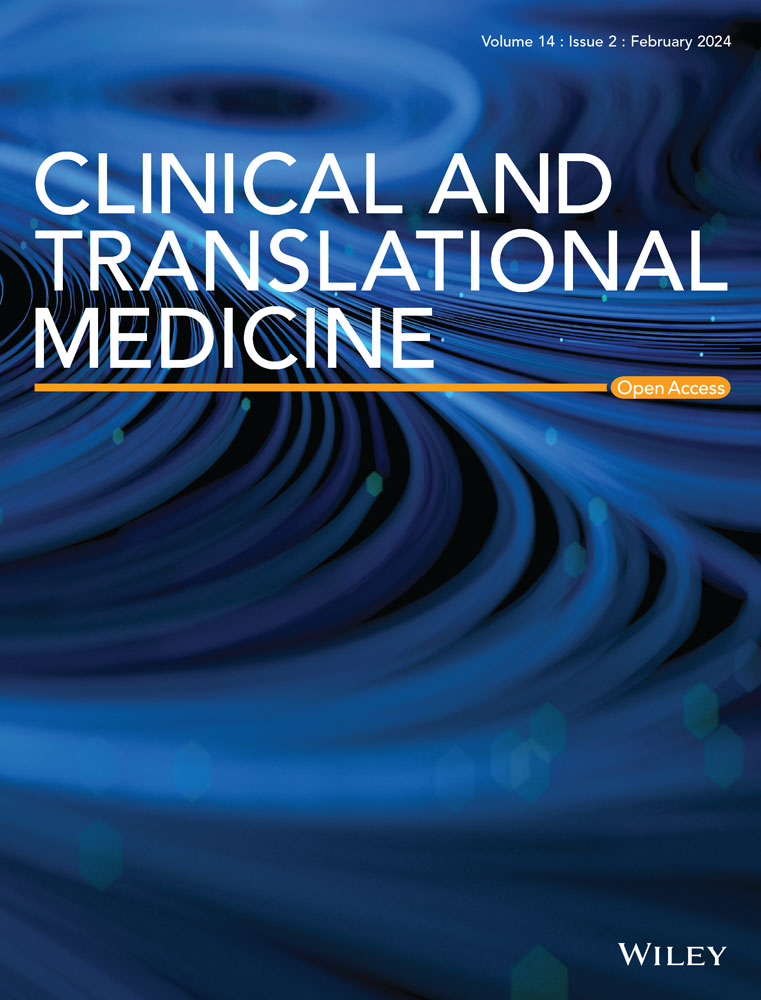Deciphering the pseudouridine nucleobase modification in human diseases: From molecular mechanisms to clinical perspectives
Abstract
RNA pseudouridylation, a dynamic and reversible post-transcriptional modification found in diverse RNA species, is crucial for various biological processes, including tRNA homeostasis, tRNA transport, translation initiation regulation, pre-mRNA splicing, enhancement of mRNA translation, and translational fidelity. Disruption of pseudouridylation impairs cellular homeostasis, contributing to pathological alterations. Recent studies have highlighted its regulatory role in human diseases, particularly in tumourigenesis. Cellular stresses trigger RNA pseudouridylation in organisms, suggesting that pseudouridylation-mediated epigenetic reprogramming is essential for maintaining cellular viability and responding to stress. This review examines the regulatory mechanisms and pathological implications of pseudouridylation in human diseases, with a focus on its involvement in tumourigenesis. Additionally, it explores the therapeutic potential of targeting pseudouridylation, presenting novel strategies for disease treatment.
Highlights
- Methods to detect pseudouridine were introduced from classic mass spectrometry-based methods to newer approaches such as nanopore-based technologies and BID sequencing, each with its advantages and limitations.
- RNA pseudouridylation is crucial for various biological processes, including tRNA homeostasis, tRNA transport, translation initiation regulation, pre-mRNA splicing, enhancement of mRNA translation, and translational fidelity.
- Increased pseudouridylation is frequently associated with tumour initiation, progression, and poor prognosis, whereas its reduction is predominantly implicated in non-tumour diseases.
- A comprehensive understanding of the inducing factors for RNA pseudouridylation will be essential for elucidating its role in diseases. Such insights can provide robust evidence for how pseudouridylation influences disease progression and offer new avenues for therapeutic strategies targeting pseudouridylation dysregulation.
- The therapeutic potential of RNA pseudouridylation in diseases is enormous, including inhibitors targeting pseudouridine synthases, the application of RNA pseudouridylation in RNA therapeutics, and its role as a biological marker.


 求助内容:
求助内容: 应助结果提醒方式:
应助结果提醒方式:


